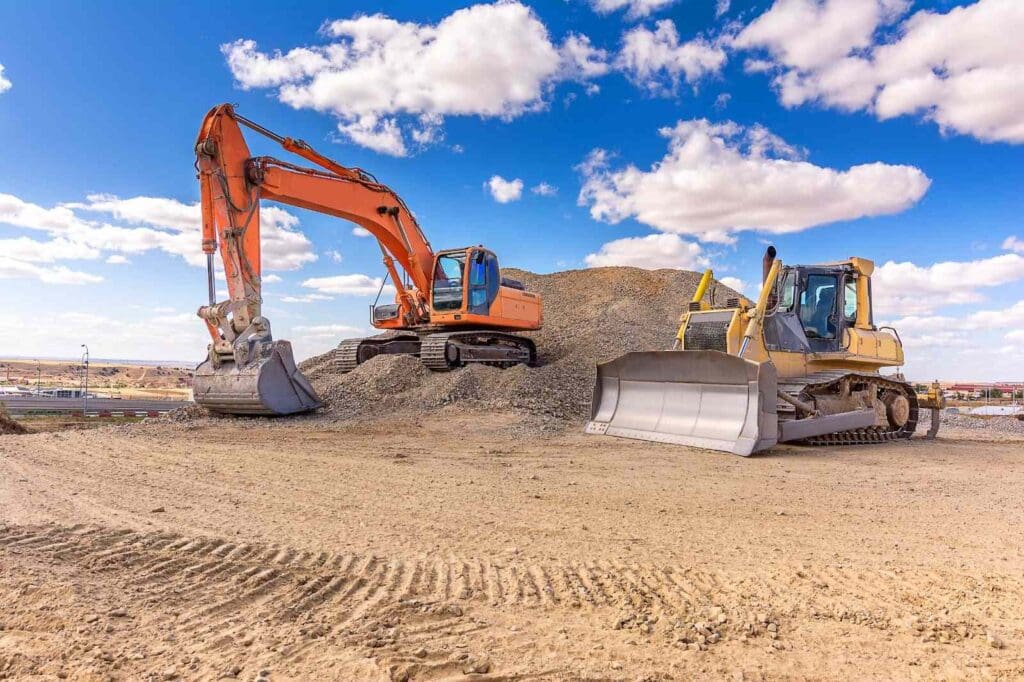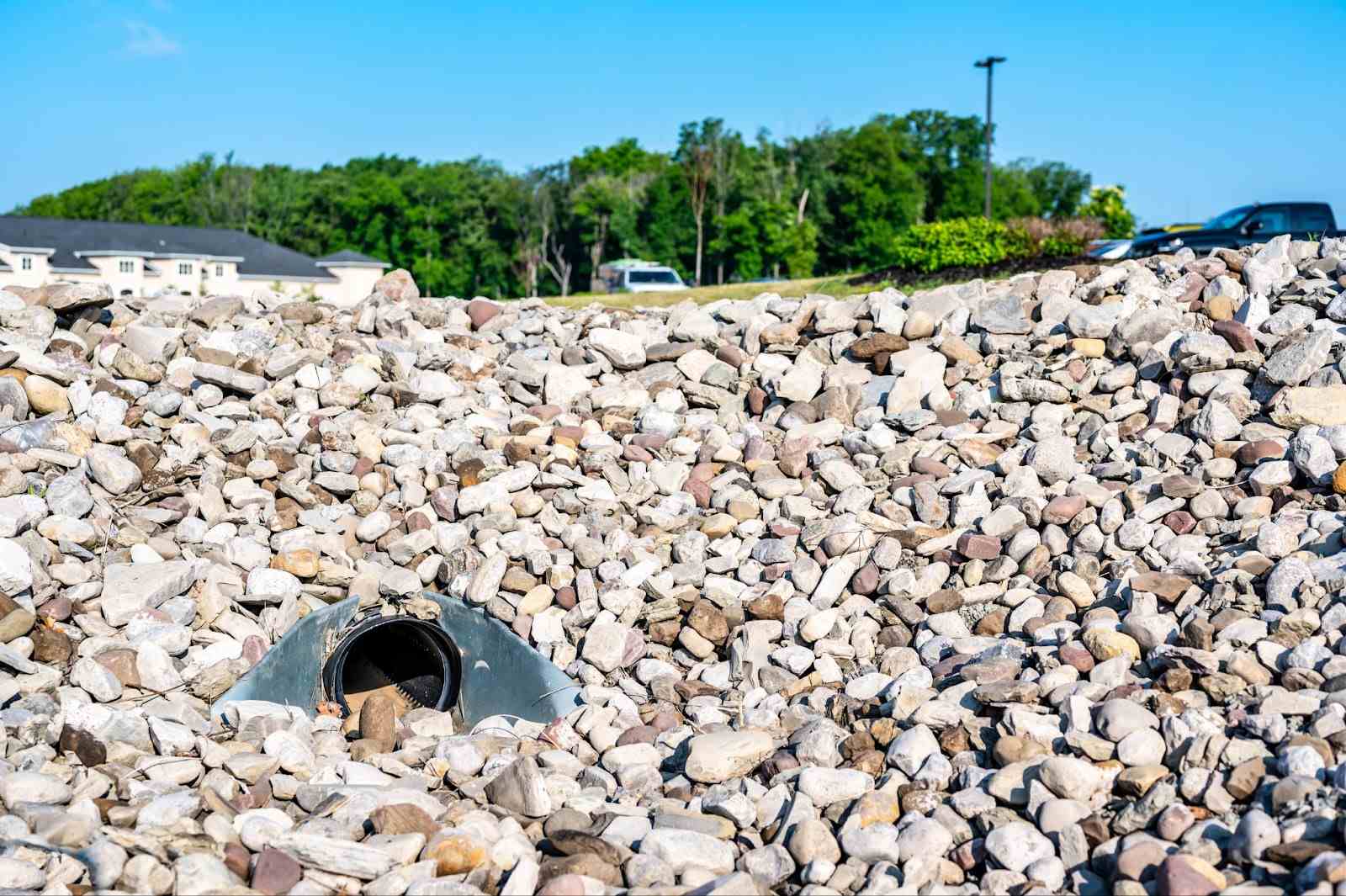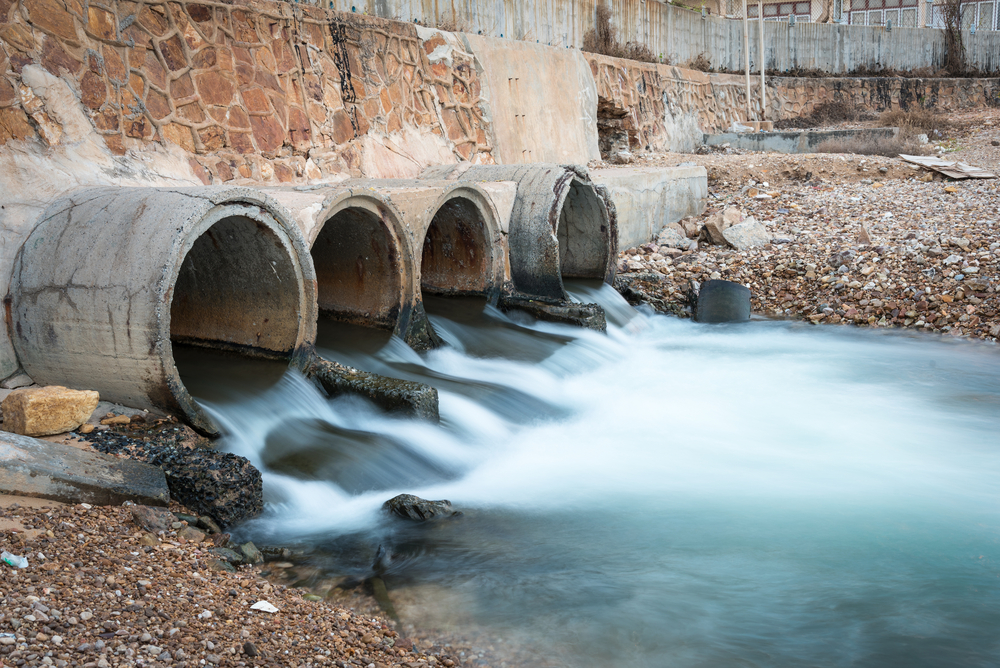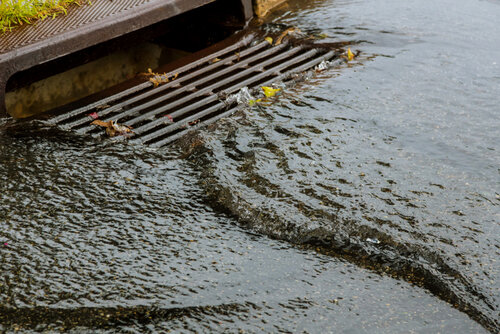The Low Erosivity Waiver (LEW) simplifies construction site compliance by exempting eligible projects from NPDES permitting requirements. Designed for short-term projects with minimal erosion risks, the LEW streamlines the process, saving time and money while maintaining environmental protection.
Qualifying for a LEW requires meeting strict eligibility standards, accurately calculating your site’s erosivity factor, and submitting a complete application. Successful approval eliminates the need for a full SWPPP, reducing costs and administrative burdens.
This guide covers everything you need to know about LEW eligibility, application procedures, benefits, and common pitfalls to avoid. Understanding the process ensures your project stays compliant while cutting unnecessary expenses.
What is the Low Erosivity Waiver (LEW)?
The Low Erosivity Waiver (LEW) offers a streamlined compliance solution for certain construction projects by exempting them from National Pollutant Discharge Elimination System (NPDES) permitting requirements.
The LEW is designed for projects that pose minimal erosion risks due to their short duration or low erosivity potential. It simplifies the regulatory process without compromising environmental protection.
Unlike standard construction sites that must adhere to full SWPPP requirements, eligible projects can avoid extensive permitting if they demonstrate a low erosivity factor (R-Factor) during their construction period. The R-Factor measures potential soil low due to rainfall and runoff, making it a critical determinant for waiver eligibility.
When projects fall below the threshold set by regulatory agencies, they qualify for the LEW, eliminating the need for complicated documentation and intensive erosion control measures.
The LEW addresses short-term construction activities or those conducted during periods of low erosivity, such as dry seasons or mild climates. By recognizing that some projects present negligible erosion risks, the waiver promotes efficiency and reduces administrative burdens.
However, understanding the eligibility criteria and accurately calculating the R-Factor remains essential for successfully obtaining the waiver.
Qualifying for a LEW can significantly reduce costs, simplify compliance efforts, and keep timelines on track for developers and contractors working on smaller, short-term projects. Knowing how the waiver works and applying it correctly can make a substantial difference in project efficiency and regulatory compliance.
Eligibility requirements for LEW
The Low Erosivity Waiver (LEW) applies to smaller construction sites disturbing less than five acres. Projects with minimal erosion risks due to size, duration, timing, or location often qualify for this waiver, simplifying compliance and reducing costs.
Timing plays a crucial role. Construction during dry seasons or periods of low erosivity presents less soil displacement and runoff risk. Sites operating under favorable weather conditions have a higher chance of qualifying.
Calculating the erosivity factor (R-Factor) is essential for eligibility. Projects with an R-Factor below the regulatory threshold can qualify for the LEW, avoiding complex permitting processes.
Evaluating your project’s size, timing, duration, and location determines if applying for a LEW makes sense. Qualifying ensures lower costs, reduced administrative burdens, and streamlined compliance.
How to apply for a Low Erosivity Waiver
Applying for a Low Erosivity Waiver (LEW) requires accurate calculations, thorough documentation, and timely submission. To start, confirm your site disturbs less than five acres and occurs during a low erosivity period, such as dry seasons or times of minimal rainfall.
Calculate the erosivity factor (R-Factor) using the Revised Universal Soil Low Equation (RUSLE) or approved software tools. Include factors like rainfall intensity, soil type, topography, and project duration. Ensure accuracy, as errors can result in application denial.
Gather required documentation, including site plans, construction timelines, erosion control measures, and a completed LEW application form. Provide detailed calculations and supporting data to prove your site’s low erosivity potential.
Submit your application to the relevant regulatory agency, such as the EPA or state-specific bodies, following their submission guidelines and deadlines. Respond promptly to any requests for additional information to avoid delays.
Completing the application accurately and submitting thorough documentation increases your chances of approval, streamlines compliance, and reduces costs.
Benefits of qualifying for LEW
Qualifying for a Low Erosivity Waiver (LEW) offers clear advantages that can save time, money, and resources. By meeting the requirements for this waiver, you streamline your compliance process and reduce overall project expenses.
One of the most significant benefits comes from cost savings. Obtaining a LEW eliminates the need for a full NPDES permit, reducing permitting fees and compliance costs. These savings add up quickly for smaller or short-term projects, freeing up resources for other essential aspects of the build.
The LEW simplifies compliance procedures, particularly for low-risk or short-duration projects. Instead of navigating complex SWPPP requirements, you follow a streamlined process that addresses your site’s specific conditions without unnecessary administrative burdens.
Avoiding the need for a full SWPPP means less paperwork, fewer inspections, and a reduced chance of compliance-related delays.
Administrative efficiency also improves when you qualify for a LEW. Without the requirement to develop and maintain a complete SWPPP, your team can focus more energy on the actual construction process rather than managing compliance documentation. The waiver’s simplified process reduces red tape, allowing you to complete projects faster and with greater efficiency.
Ultimately, qualifying for a LEW enhances overall project efficiency. The streamlined regulatory procedures help you maintain focus on your construction goals without being bogged down by extensive compliance measures. The waiver promotes smoother operations and keeps your project moving forward by removing unnecessary obstacles.
For contractors and developers working on eligible sites, the LEW offers a straightforward path to compliance that minimizes costs, saves time, and reduces administrative workload. Understanding and leveraging this option ensures you maintain compliance while enhancing project efficiency.
Common mistakes to avoid when applying for LEW
Applying for a Low Erosivity Waiver (LEW) requires precision and attention to detail. Miscalculating the R-Factor remains one of the most common mistakes. Always use approved methods like RUSLE, factoring in rainfall intensity, soil type, topography, and project duration. Verify your calculations to meet regulatory standards.
Incomplete documentation often leads to rejections. Provide detailed site plans, timelines, erosion control measures, and accurate calculations. Properly organizing your documentation improves credibility and increases your chances of approval.
Misinterpreting eligibility criteria wastes time and effort. Before applying, confirm your project meets the size, duration, and erosivity thresholds. Applying without eligibility only results in frustration and delays.
Submitting incomplete or inaccurate applications causes unnecessary setbacks. Missing information, calculation errors, or incorrect forms trigger automatic denial. Double-check your application to ensure completeness and accuracy before submission.
To improve your chances of approval, verify eligibility, calculate the R-Factor accurately, gather complete documentation, and review your application thoroughly. Precision and thoroughness ensure a smooth and successful LEW application process.

Trust Erosion Control Services for successful LEW applications
Applying for a Low Erosivity Waiver (LEW) streamlines compliance and cuts costs, but mistakes and misinterpretations cause delays and rejections.
Erosion Control Services simplifies the process by accurately calculating your R-Factor, organizing documentation, and guiding you through submission. Our expertise ensures you avoid errors, meet eligibility requirements, and secure approval.
Contact Erosion Control Services today to complete your LEW application with confidence and efficiency.



